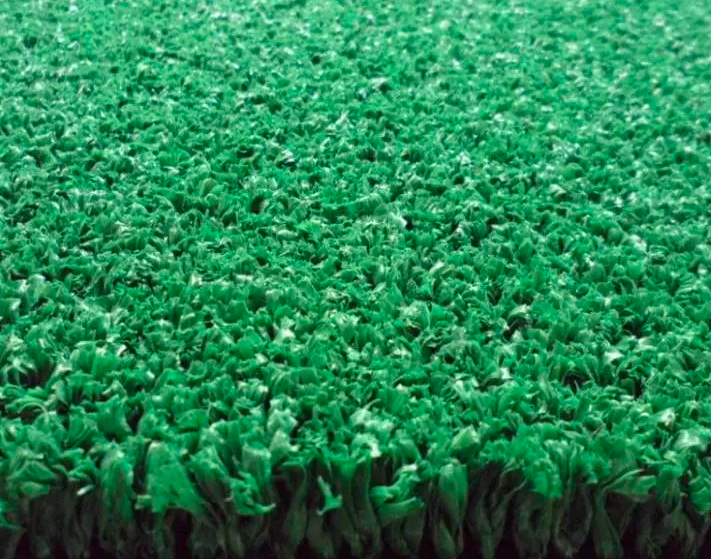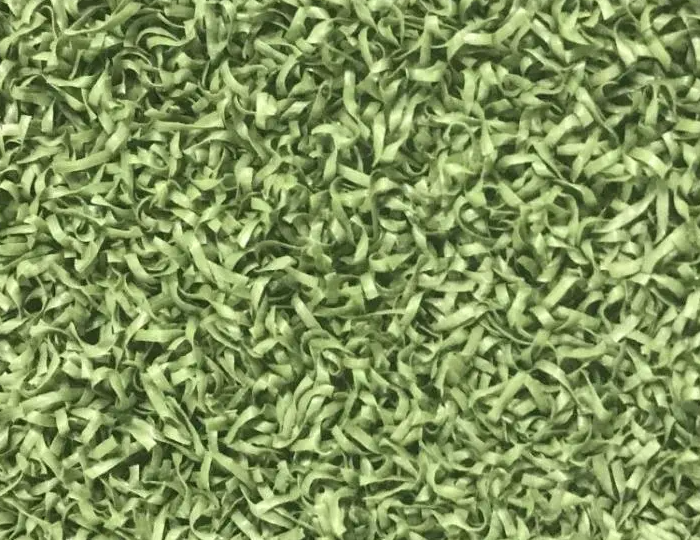Hockey turf, also known as artificial turf, emerged as a revolutionary innovation in the field of hockey. This synthetic playing field drastically changes the game, giving players a consistent and reliable platform to showcase their skills. In addition to improvements to gameplay, innovations in hockey rinks also help improve player safety. In this article, we'll take an in-depth look at the various advancements in hockey rink turf and their positive impact on ensuring player health.
Reduce the risk of injury:
One of the most important aspects of any sport is player safety. With the advent of hockey turf, players can now enjoy a safer playing environment. Traditional grass fields are often plagued by unpredictable bumps and uneven terrain, which increases the risk of ankle sprains and other injuries. Hockey turf, on the other hand, provides a level and stable surface that can reduce these hazards. Consistent competition conditions allow athletes to adjust their movements accordingly, boosting their confidence and minimizing the chance of accidental slips or falls.
Shock technology:
To further improve player safety, advances in hockey turf technology have focused on incorporating cushioning elements into the playing field. Shock-absorbing systems, such as rubber pads or underlayments, are integrated under the artificial turf. These cushioning layers help soften the impact on the player's body during intense gaming sessions, reducing stress on joints, muscles and bones. As a result, athletes are better protected against injuries such as concussions, fractures, and torn ligaments.
Improved traction and performance:
Hockey turf innovations not only prioritize safety, but also enhance player performance. In adverse weather conditions, traditional grass fields can become muddy and slippery, hampering athletes' ability to maintain proper footing. In contrast, modern hockey turf has an improved design that utilizes special fibers and filling materials to enhance traction. Players can now run, spin and change direction with confidence without compromising stability. The increased grip also allows for better ball control, which promotes more accurate and skillful play.
Consistent Ball Response:
One of the unique advantages of hockey turf is its consistent ball response. Traditional grass wears out easily, causing the ball to bounce and roll unevenly. This inconsistency disrupts the fluidity of the game and hinders the player's ability to anticipate and react accordingly. However, hockey turf ensures a reliable and even surface that ensures predictable ball behavior. This predictability enhances players' spatial awareness and decision-making skills, while reducing the risk of accidents caused by unexpected ball movements.
in conclusion:
Innovations in hockey turf have greatly impacted player safety in the sport of hockey. The introduction of synthetic sports surfaces reduces the risk of injury by providing a stable and controlled environment. The integration of cushioning technology enhances shock absorption and protects players from high-impact collisions. Additionally, improved traction and ball response on the hockey rink boosts the confidence of athletes, allowing them to push their limits without compromising safety. As the game continues to grow, advancements in hockey turf will undoubtedly play a vital role in ensuring the continued growth and safety of this exciting sport.
Post time: Sep-08-2023


